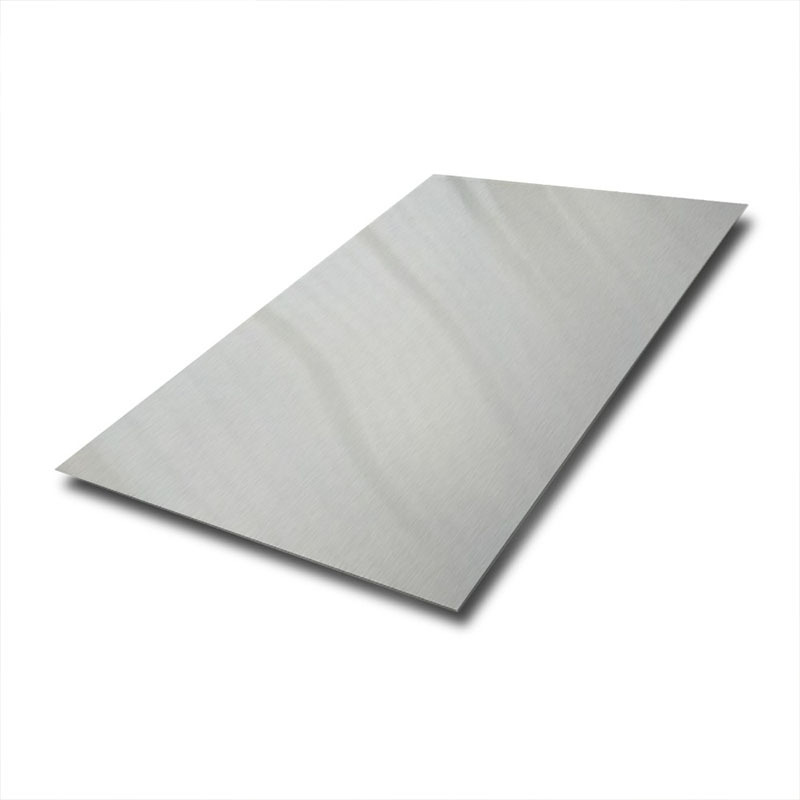
The strength of stainless steel plates is influenced by various factors, but the most critical and fundamental factor is the different chemical elements added to the steel, mainly metallic elements.
The chemical composition and strength characteristics of stainless steel vary depending on the model.

Martensitic stainless steel usually has the characteristic of hardening through quenching, so a wide range of different mechanical properties can be obtained by selecting the grade and heat treatment conditions.
From a general perspective, martensitic stainless steel belongs to the iron chromium carbon series stainless steel, which can be further divided into martensitic chromium series stainless steel and martensitic chromium nickel series stainless steel.
The trend of strength changes when adding elements such as chromium, carbon, and molybdenum to martensitic chromium stainless steel and the strength characteristics of adding nickel to martensitic chromium stainless steel are described below.
Under quenching and tempering conditions, increasing the chromium content in chromium based martensitic stainless steel can increase the ferrite content, which will weaken the material's hardness and tensile strength.
Under annealing conditions, the hardness of low-carbon martensitic chromium stainless steel increases with an increase in chromium content, while the elongation slightly decreases.
Under the condition of a fixed chromium content, an increase in carbon content will increase the hardness of the martensitic stainless steel after quenching, while reducing its plasticity.
The main purpose of adding molybdenum element is to enhance the strength, hardness, and secondary hardening effect of stainless steel.
After low-temperature quenching, the addition effect of molybdenum is very obvious, with a content generally less than 1%.
In martensitic chromium nickel stainless steel, containing a certain amount of nickel can reduce the content of delta ferrite in the stainless steel and maximize its hardness value.
In ferritic stainless steel, when the chromium content is below 25%, the ferrite structure will inhibit the formation of martensite structure.
Therefore, as the chromium content increases, the strength of the material will decrease.
When the chromium content exceeds 25%, the strength will be slightly improved due to the solid solution strengthening effect of the alloy.
The increase in molybdenum content can make it easier to obtain ferrite structure, promote the precipitation of alpha phase, σ phase, and x phase, and improve its strength after solid solution strengthening.
But at the same time, it also enhances notch sensitivity, which weakens material toughness.
The effect of molybdenum on improving the strength of ferritic stainless steel is greater than that of chromium.
As for austenitic stainless steel, increasing the carbon content in austenitic stainless steel can enhance the strength of the material due to its solid solution strengthening effect.
The chemical composition characteristics of austenitic stainless steel are based on chromium and nickel, with the addition of alloying elements such as molybdenum, tungsten, niobium, and titanium.
Because its metal structure is face centered cubic, it has high strength and creep strength at high temperatures.
Also, due to the large coefficient of linear expansion, the thermal fatigue strength is inferior to that of ferritic stainless steel.